- CEDAR Featured in NAMI Beginnings Magazine!
- CRC Fall 2011 Newsletter
- BIDMC Giving Matters: Winter 2010-2011
- CRC Fall 2010 Newsletter
- DMH Connections Newsletter- February 2010
- CRC Spring 2010 Newsletter
- CRC Spring 2009 Newsletter
Commonwealth Research Center (CRC) in the News
APA Press Release
May 13, 2009
COGNITION ALREADY SERIOUSLY IMPAIRED IN FIRST EPISODE OF SCHIZOPHRENIA
Insight into early problems may aid understanding of disease development, diagnosis and treatment
http://www.apa.org/news/press/releases/2009/05/cognition.aspx
HMS Focus 2009
PATHOLOGY
Pattern of Brain Activity Signals Danger of Schizophrenia
Therapeutic Focus Shifting to Earliest Stages of Disease
For many people, schizophrenia descends not all at once but in bewildering bits and pieces.
“You think a television is talking to you or about you, but then you say, ‘Well, not really, that doesn’t make sense,” said Larry Seidman, HMS professor of psychology in the Department of Psychiatry at Beth Israel Deaconess Medical Center. Some people experience occasional strange thoughts or perceptions and never succumb to full-blown disease, but for others, the visions, voices, and feelings of paranoia will visit more often. They may be joined by other strange behaviors, lapses of memory, jumbled and nonsensical thoughts, extreme sensitivity to others, depression, a tendency to withdraw from social situations, which can invite a noxious mix of emotions. . . Read Article >
CEDAR featured in New England Psychologist
CEDAR clinic to treat earliest psychosis signs
By Phyllis Hanlon
While the study of psychosis has been ongoing for the last 100 years, little attention has been devoted to developing preventative measures. This past March, a Boston-based program opened its doors and hopes to address this issue. A team of professionals at The Center for Early Detection, Assessment and Response to Risk (CEDAR) will assess teenagers and young adults at risk for developing psychosis and provide appropriate services.
CEDAR represents a collaborative effort between Beth Israel Deaconess Medical Center Department of Psychiatry, in affiliation with Harvard Medical School and the Massachusetts Department of Mental Health (DMH); the Sidney R. Baer, Jr. Foundation is providing grant assistance for the clinic. CEDAR currently shares storefront space in Roxbury with a DMH-operated community support program for young people. >>
Read More Online >
Download PDF>
Last updated on Wednesday, 10 October 2012


